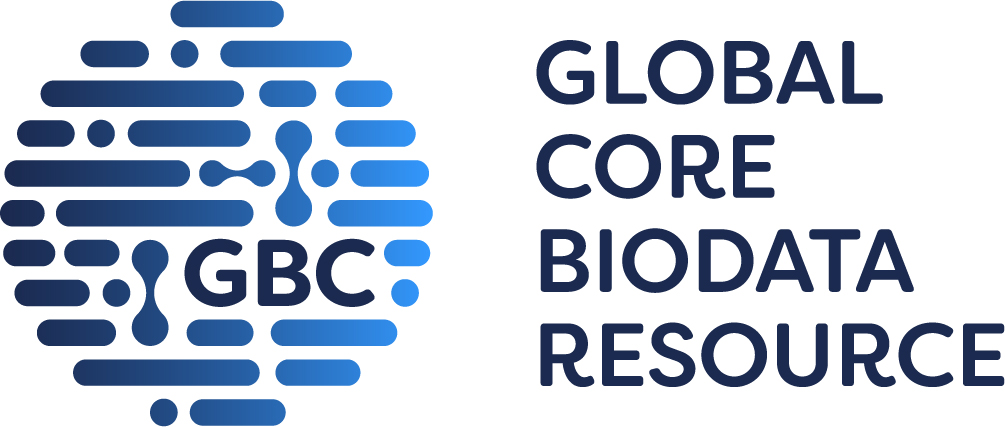
GtoPdb is requesting financial support from commercial users. Please see our sustainability page for more information.
H+/K+-ATPases C
Unless otherwise stated all data on this page refer to the human proteins. Gene information is provided for human (Hs), mouse (Mm) and rat (Rn).
Overview
The H+/K+ ATPase is a heterodimeric protein, made up of α and β subunits. The α subunit has 10 TM domains and exhibits catalytic and pore functions, while the β subunit has a single TM domain, which appears to be required for intracellular trafficking and stabilising the α subunit. The ATP4A and ATP4B subunits are expressed together, while the ATP12A subunit is suggested to be expressed with the β1 (ATP1B1) subunit of the Na+/K+-ATPase [1].
Transporters
850|
ATP12A Show summary »
|
||||||||||||||||
|
ATP4B Show summary » |
Comments
Further reading
How to cite this family page
Database page citation:
H+/K+-ATPases. Accessed on 07/12/2025. IUPHAR/BPS Guide to PHARMACOLOGY, http://www.guidetopharmacology.org/GRAC/FamilyDisplayForward?familyId=160.
Concise Guide to PHARMACOLOGY citation:
Alexander SPH, Fabbro D, Kelly E, Mathie AA, Peters JA, Veale EL, Armstrong JF, Faccenda E, Harding SD, Davies JA et al. (2023) The Concise Guide to PHARMACOLOGY 2023/24: Transporters. Br J Pharmacol. 180 Suppl 2:S374-469.










The gastric H+/K+-ATPase is inhibited by proton pump inhibitors (PPIs, e.g. dexlansoprazole and esomeprazole) which are used to treat excessive gastric acid secretion. PPIs have a gradual onset of action. More quickly acting potassium-competitive acid blockers (P-CABs; e.g. vonoprazan, revaprazan and tegoprazan) have now entered the clinic. P-CABs are competitive and reversible H+/K+ ATPase blockers and their effect on acid suppression is stronger and more sustained compared to PPIs.